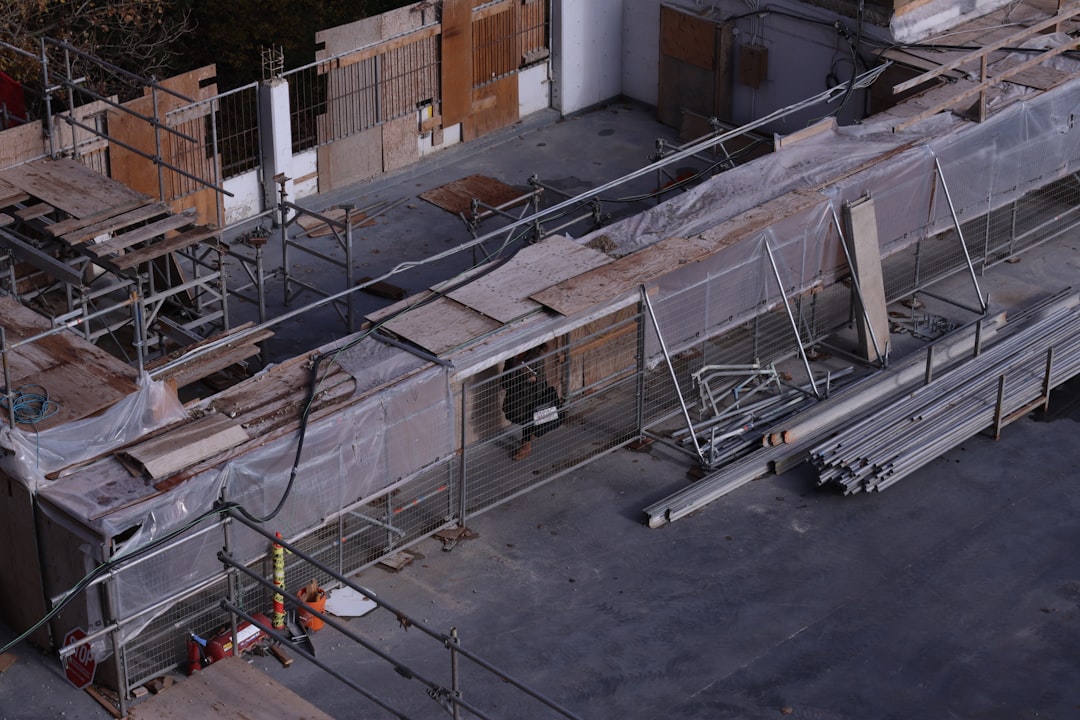
Angelenos love their entertainment spaces, and nothing elevates movie night like a professionally built home theater rack. CountBricks brings AI-driven estimating, voice-controlled project setup, and seasoned residential craftsmanship to every installation. In this article we break down what Los Angeles homeowners need to know before adding or upgrading a home theater rack.
• Protects expensive AV equipment from heat, dust, and vibration
• Provides organized cable management for easier upgrades
• Adds resale value when integrated into built-ins or millwork
• Improves acoustics by reducing component noise
Space Constraints: Many classic LA bungalows and hillside properties have irregular closets or tight media nooks. CountBricks uses AI blueprint takeoffs to visualize these dimensions instantly, ensuring the rack footprint fits without costly field adjustments.
Seismic Considerations: The rack must be anchored to resist earthquakes. CountBricks engineers specify bracing hardware that meets California Building Code, protecting your gear and your family.
Ventilation vs. Energy Efficiency: Keeping amplifiers cool is critical, yet LA’s push toward net-zero homes calls for airtight construction. Our team balances active ventilation fans with acoustic treatments to maintain efficiency and silence.
Unlike generic contractors, CountBricks starts every project with a real-time voice call inside our estimating platform. As you describe your home theater objectives, AI pulls live pricing on cabinetry, rack rails, cooling modules, and low-voltage labor. You see a dynamic budget build on screen—no waiting days for a quote.
1. Voice-Based Discovery: Discuss component count, room size, and style goals with a CountBricks consultant.
2. AI Blueprint Takeoff: Upload floor plans or snap photos; our software extracts measurements and obstructions.
3. Instant Estimate: Material, labor, and permitting costs populate in seconds, adjustable in real time.
4. Fabrication & Pre-Build: Our millwork shop assembles custom panels while electricians rough-in dedicated circuits.
5. On-Site Installation & Testing: Components are loaded, cables dressed, and thermal sensors calibrated.
• 19-inch steel rack frame: $450 – $900 depending on height
• Custom shaker-style face frame: $1,100 – $2,300 in paint-grade maple
• Active cooling kit with thermostatic fans: $250 – $600
• Cable management trays and brush plates: $120 – $300
• Low-voltage wiring labor: $85 – $125 per hour
These figures are 2025 Los Angeles averages captured by CountBricks.com/services. Final pricing updates live inside your estimate as market conditions shift.
• Plan 25 % empty space for future components and better airflow
• Separate audio and network cables by at least 2 inches to reduce interference
• Install a smart power conditioner to protect against LA brownouts
• Add RGB backlighting behind the rack to create subtle ambiance
• Label both ends of every cable before routing—your future self will thank you
Any new 120 V circuit or structural anchoring may trigger city permits. CountBricks handles submittals, coordinates inspections, and provides stamped load calculations when required. Our licensed electricians verify grounding and AFCI protection so your system stays safe and code compliant.
AI Precision: Real-time cost data means no budget surprises.
Integrated Team: Designers, carpenters, and low-voltage techs work under one roof for seamless delivery.
Local Expertise: We understand LA permit offices, HOA guidelines, and seismic anchoring rules.
Scalable Solutions: From a simple 12-U tower to a concealed 44-U built-in, CountBricks tailors the rack to your lifestyle.
Schedule a no-pressure voice consult at CountBricks.com/consultation and watch your estimate build itself in real time. Transform movie night with the confidence of AI-backed numbers and master craftsmanship.

A recent Silver Lake homeowner wanted a low-profile rack hidden behind sliding acoustical panels. The space—a narrow alcove under a stairwell—measured just 26 inches wide but required housing for nine components and future expansion.
• AI takeoff flagged a headroom clash with the stair stringer before demolition began, saving an estimated $1,400 in framing changes.
• Our carpentry shop fabricated a 24-inch deep maple rack trimmed to match existing stair treads, preserving architectural consistency.
• Vibration-dampening floor glides were incorporated to prevent sound transfer into the living room below.
• A CountBricks IoT sensor kit monitors internal temperature and triggers silent exhaust fans when equipment hits 85 °F, extending component life.
Post-installation tests showed a stable thermal curve with only a 6 °F rise after a three-hour streaming session. Cable organization reduced HDMI swap-out time from 12 minutes to under 3, according to the homeowner’s feedback.
1. Measure Obstructions Early: Tight LA homes hide surprises—our AI scan outlines conflicts before they cost you money.
2. Think Beyond Today: Allocating two extra rack spaces now is cheaper than tearing into millwork later.
3. Integrate Smart Monitoring: Real-time data on temperature and power usage prevents downtime and informs future upgrades.
If the Silver Lake success story sparks ideas for your own cinema space, connect with our specialists at CountBricks.com/portfolio to explore design possibilities. Whether you need a freestanding tower or a concealed built-in, CountBricks turns concepts into code-compliant, high-performance reality across Los Angeles.